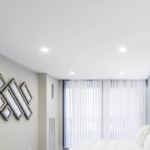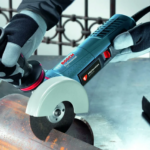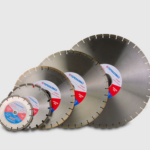The problem of housing insulation, who worried people back in the Stone Age, and today has not lost its relevance. Today we are presenting more and more requirements for our home. We want the house to be warm in the winter, and at the same time the facade had an impressive appearance and, of course, was unpretentious to care. You should start with the main question that interests almost everyone: “Why insulate the walls if they are already quite thick?”. Like people, buildings need reliable protection against cold. We give the main arguments.
If the room does not have thermal insulation, then in most cases this leads to large heat losses. In winter, the walls freeze in such a way that the freezing point is located inside the enclosing structure.
Most of the built houses have lower thermal insulation parameters, which does not comply with modern technical standards. Constant increase in energy prices increases the cost of housing maintenance.
The frequent changes in weather conditions cause critical temperature changes, which contributes to the destruction of facades.
Let’s try to find out which of the technology is ideal for thermal insulation of the walls so that heat and comfort in the premises are preserved at all times of the year, regardless of climatic and weather conditions. And so that with all this he has an excellent look and stood without repair for a long time.
Insulation from the inside of the room
Consider some options for insulation of buildings. The best option for newly built buildings is the device of thermal insulation material inside the walls. As a rule, the base of the walls is created from concrete or aerated concrete, then a layer of insulation is laid and is lined with brick on the outside. This option of insulation is the most expensive, first of all, due to the cost of facial brick and foundation. The facade will also be quite heavy. But this option of insulation cannot be used for already erected buildings.
Internal insulation reduces heat loss, but cannot prevent freezing of the walls. The enclosing structures do not accumulate heat, so the room heats up quickly and also cools quickly. In this case, a condensation zone is formed in the space between the wall and the insulating layer, which contributes to the formation of mold. In addition, the internal volume of the room is reduced.
Wall insulation outside
The most optimal insulation option for different types of buildings is thermal insulation outside. With such thermal insulation, a layer of insulation does not allow the wall to freeze. Therefore, it is not exposed to the destructive effects of frost and moisture. And the wall material in this case accumulates heat, which helps to reduce heating costs.
Using decorative paints and plasters that provide wide opportunities for cladding, you can give the facade a stylish and individual appearance. This type of insulation is ideal for objects of all types. Thus, walls with the base of surfaces made of traditional building materials are insulated: brick, concrete, aerated concrete, cement -steering and wood -based plates, different types of plasters.
Polistyle plates and slabs from mineral fibers are used as a heater. External insulation is suitable for multi -storey buildings and for a small cottage.
Having weighed all “+” and ” -” all types of insulation, professionals strongly recommend only external insulation systems. They respond to all our needs of modern housing: comfort and heat at any time of the year; presentable appearance for many years; saving on utility bills.
Today on the market there is a huge selection of different heaters for external insulation of buildings for all occasions. The cost also varies depending on the quality and purpose of the material.





